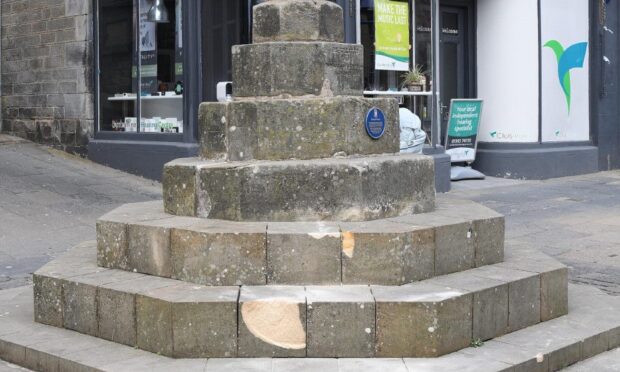Three pensioners have been defrauded of tens of thousands of pounds in a fraud operation in Fife.
In the last three weeks the victims – whop are aged between 62 and 84, have had four and five figure sums stolen from their bank accounds.
In each of these cases the victims, who are all from the St Andrews area, have advised they received telephone calls from someone with a local accent, purporting to be from the fraud team of their local bank branch and who appear to be calling from a genuine bank telephone number.
The fraudster then tells the person they have called that they have concerns regarding local bank staff employees.
The fraudster will provide information regarding their account and asks for help testing security procedures. They may ask the person to transfer funds, apply for banking products, or even for them to visit their local banking branch to check staff are responding appropriately.
Police investigating the incidents have warned locals to be on their guard.
Community Sergeant Matt Spencer from St Andrews Police Station said: “I would ask everyone to be on their guard from any type of online or telephone scam.
“Each of these incidents is clearly extremely upsetting for the people involved who all believed that the calls were made from their own banks. They trusted that the information they were given was correct. The people behind these scams are contemptible, abusing people’s trust and then stealing money from them.
“The criminals who use these sophisticated tactics, go to great lengths to appear legitimate including making it appear they are calling from a genuine bank telephone number.
“It is important to remember that a genuine caller from your bank would never ask for your banking or personal details as they already have it. Your bank will not ask you to transfer money during an unsolicited call nor will they ask you to allow them access to your online or telephone banking, so if asked, politely end the call.”
Sergeant Spencer advised those who suspect they may have been contacted by the fraudsters to call their bank on a number they have sourced themselves.










